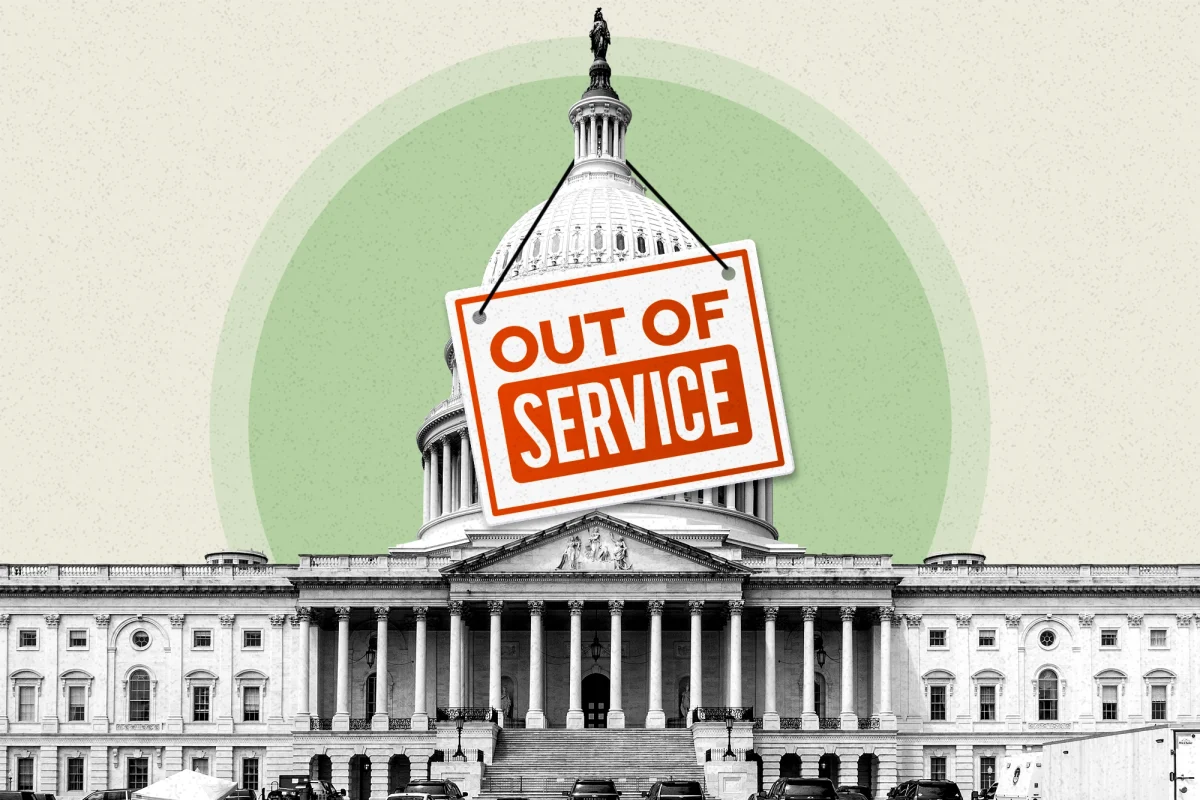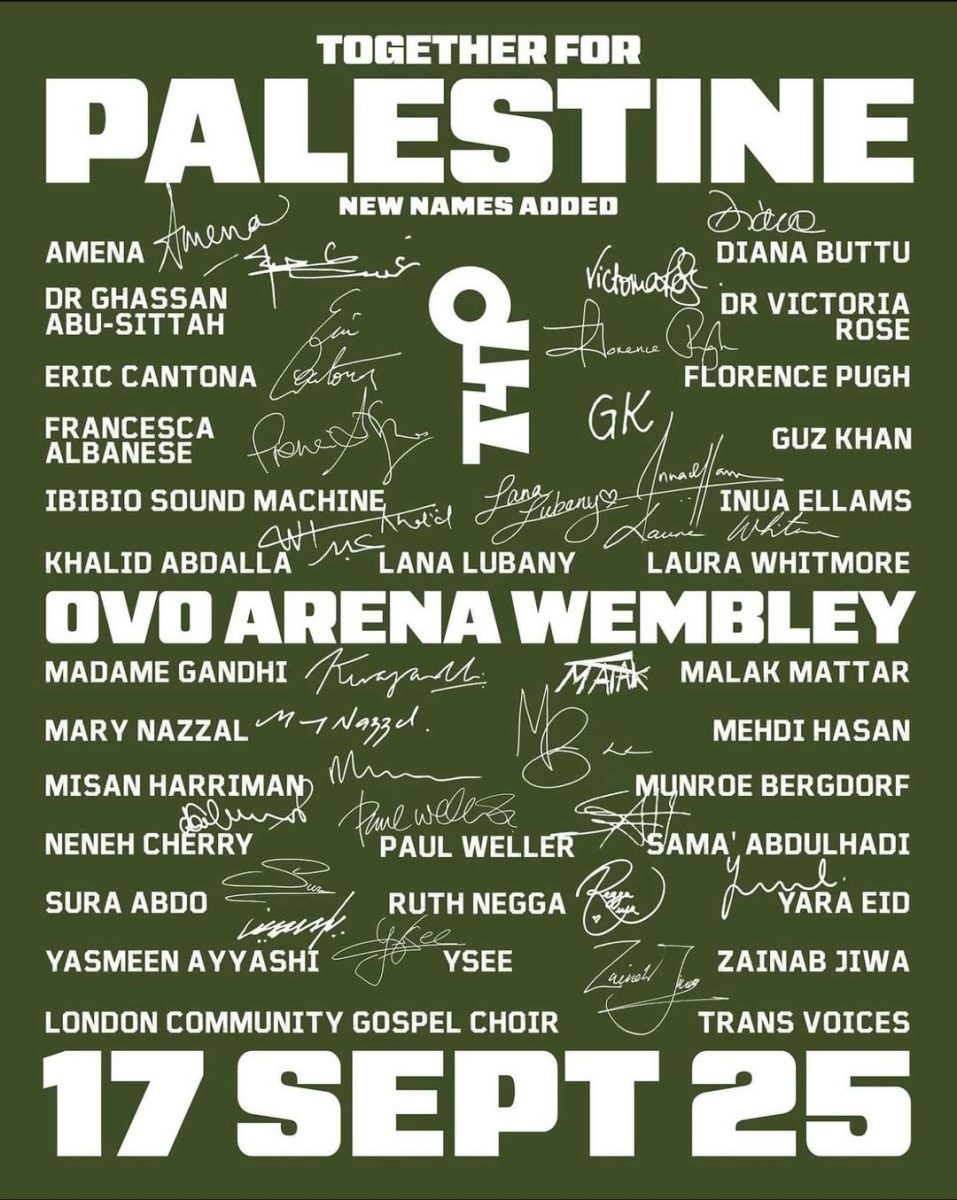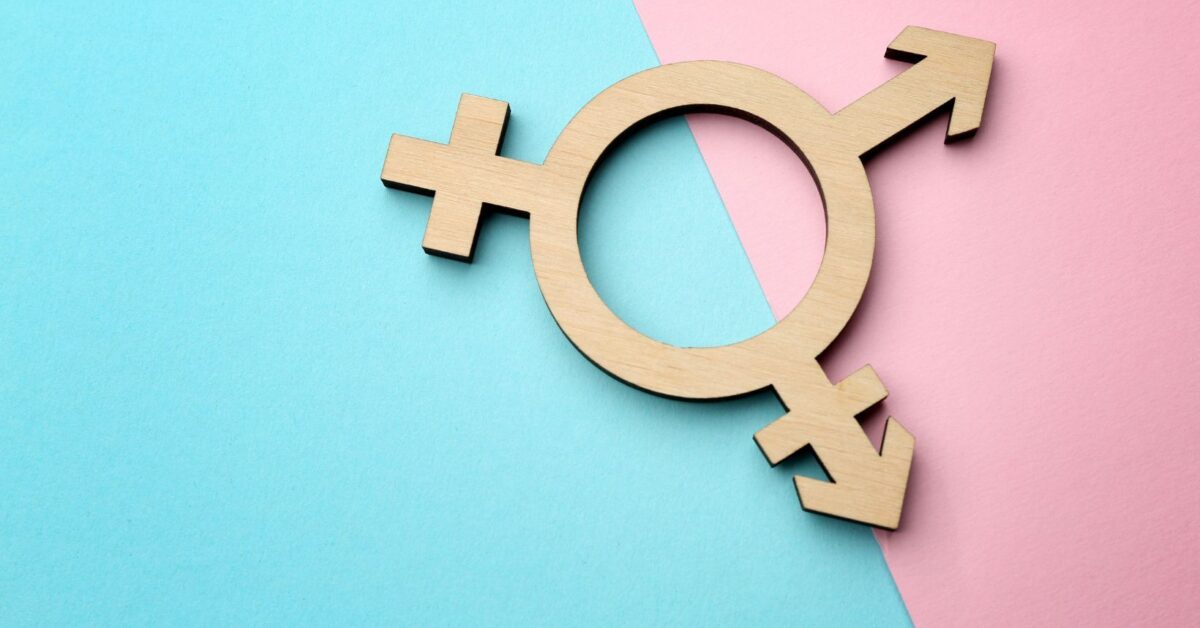Media literacy — the ability to use critical thinking when consuming media — has become an absolute necessity in our digital age. “Fake news,” although an overused and sometimes laughable term, has become a big problem in the current presidential election. Propaganda and advertisements have always been around, but they have rarely caused such a national divide.
The biggest source of misinformation often comes from targeted algorithms, 15-second clips on social media and campaign commercials. Everywhere you look (including your neighbor’s front lawn), someone is telling you why their opinion is right and yours is wrong. Even the candidates themselves are making false and exaggerated claims to push their own agendas.
For those with limited knowledge of politics, this quickly becomes overwhelming and confusing, and many people are discouraged from voting at all. I’m going to break down some ways that you can get news that’s as unbiased as possible, so that when election day comes, you can make a decision that you’re confident in and opt out of the never-ending game of “he said, she said.”
Seek out multiple sources
It’s become increasingly obvious that certain publications are geared towards left-wing or right-wing audiences, most notably CNN and Fox News. Seeking out multiple sources at once will help verify facts, understand different perspectives and point out misinformation.
When analyzing a piece of media, you may want to ask yourself: Are they reliable or do they leave out information? Are they funded by organizations that might sway their interests? Do they cite verifiable sources?
DO NOT get all of your news from social media
Social media is notorious for spreading misinformation at the speed of light. Information online is almost always cut down and completely void of context — it’s like playing Whisper with thousands of people.
Whether you get your information from posts on X, Facebook or by scrolling on Instagram reels, it’s important to remember that it’s all part of an algorithm that is designed specifically to get you to interact with it — this means that it doesn’t matter if the information is exaggerated, biased or simply untrue.
You may want to consider downloading Ground News, an app that allows you to filter out bias in news and analyze multiple sources at once. Or you can discover publications that are reliable via AllSides Media Bias Chart. Some examples are Forbes, News Nation and The Wall Street Journal.
Think for yourself (and others)
It’s easy to go along with the opinions of others, especially when it’s what you were taught to think. Don’t be afraid to branch out, ask questions, do your own research and form your own opinions. You’re ultimately making a decision about something that will affect your healthcare, education and rights for years to come.
However, don’t vote only with your particular needs in mind. Reflect on your loved ones who may be affected by certain policies — especially when it comes to equality and inclusivity. You are contributing not only to your own future, but to the future of those who you care about. Vote responsibly!













